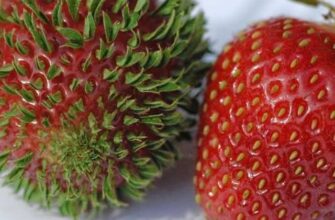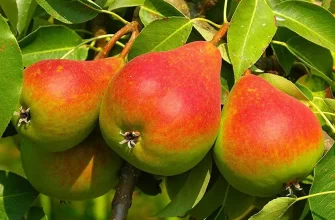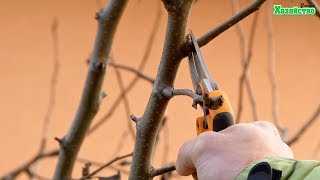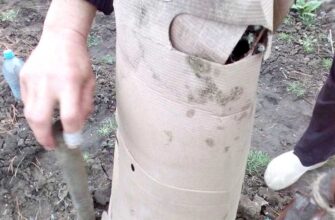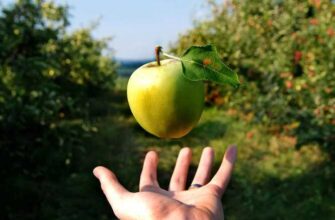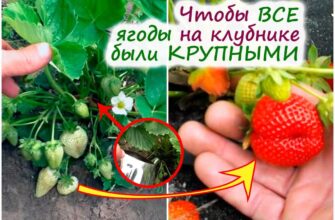- Зимовка инжира в холодном климате
- Инжир в холодной погоде
- Как переживает зиму инжир
- Способы защиты от холода
- Укрывание инжира на зиму
- Необходимость укрывания
- Материалы для укрывания
- 1. Теплоизоляционные материалы
- 2. Укрывной материал
- 3. Каркас для укрывания
- Когда укрывать инжир
- Правильный способ укрывания
- Опасность преждевременного укрытия
- Уход за укрытым инжиром
- Раскрытие укрытия весной
- Альтернативные способы защиты
- Укрепление корней и ствола
- Использование укрытий
- Подбор морозостойких сортов
- Вопрос-ответ:
- Какой минимальной температурой может выдержать инжир во время зимовки?
- Как правильно укрыть инжир на зиму?
- Можно ли оставить инжир на зиму без укрытия, если он высажен в горшке?
- Как определить, нужно ли укрывать инжир на зиму?
- Можно ли выращивать инжир без укрытия в центральной полосе России?
- Видео:
- Классное укрытие,комфортная зимовка инжира.

В нашем холодном климате инжир — это экзотическое растение, которое может быть чувствительным к низким температурам. Поэтому многие садоводы задаются вопросом, нужно ли укрывать инжир для зимовки.
Зимовка инжира — это процесс, когда растение готовится к холодам и защищает себя от неблагоприятных погодных условий. Некоторые сорта инжира, особенно те, которые произрастают в более теплых климатах, могут не выдержать зимних холодов. В таком случае, укрытие инжира обязательно.
Однако, не все сорта инжира требуют обязательного укрытия. Некоторые сорта, которые адаптированы к более холодным условиям, могут выжить без укрытия в зимний период. Но это не означает, что они будут расти и развиваться хорошо без укрытия. В холодных климатах укрытие инжира может быть полезным даже для сортов, которые могут выжить без него.
Таким образом, решение о необходимости укрытия инжира для зимовки зависит от сорта растения, климатических условий и предпочтений садовода. Если вы выращиваете инжир в холодном климате, рекомендуется обязательно укрывать его для защиты от низких температур и неблагоприятных погодных условий.
Зимовка инжира в холодном климате
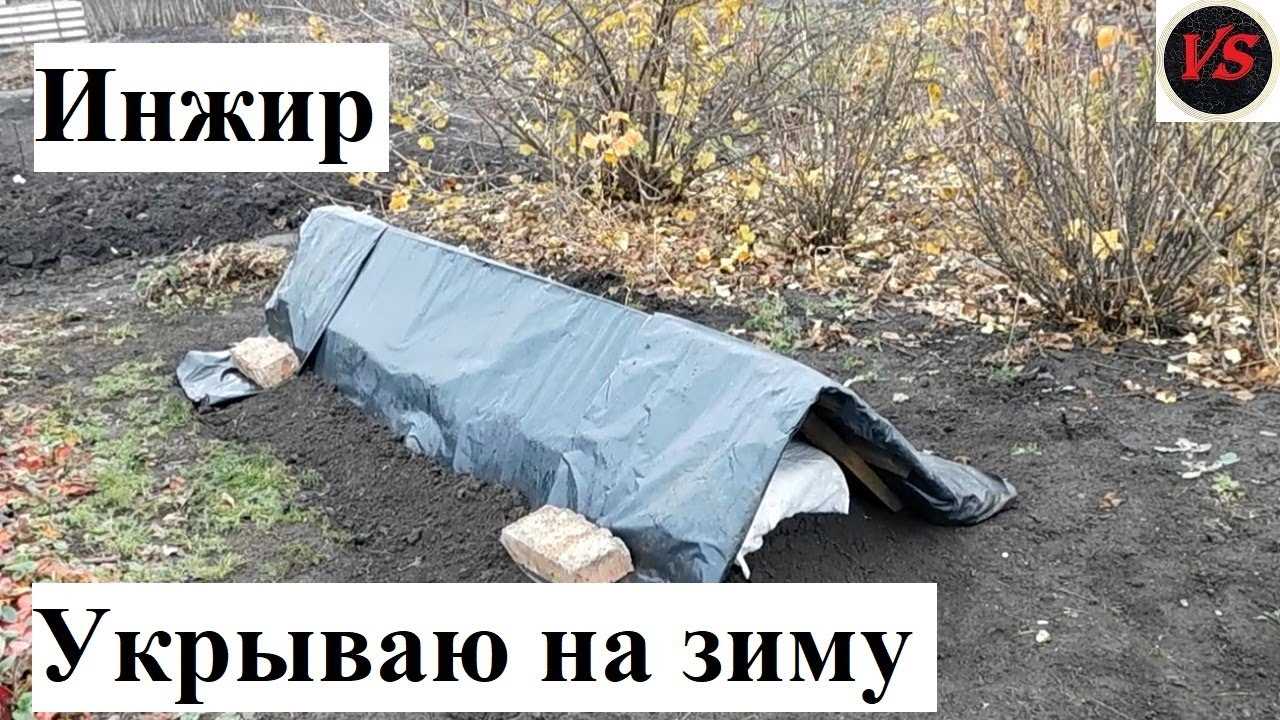
В нашем холодном климате зимовка инжира является необходимой процедурой для сохранения растения.
Однако, вопрос о необходимости укрывания инжира на зиму остается открытым. Некоторые садоводы считают, что инжир лишь немного морозоустойчив и не нуждается в особой защите, особенно если у вас в регионе не очень суровые зимы.
В то же время, большинство экспертов рекомендуют обязательно укрывать инжир в холодном климате. Это связано с тем, что инжир предпочитает более теплый климат и его корневая система может замерзнуть при низких температурах.
Для укрытия инжира на зиму можно использовать различные материалы, такие как солома, сухие листья или специальные укрытия из нетканого материала. Главное, чтобы растение было защищено от проникновения холодного воздуха и укрытие не стесняло рост и развитие инжира.
Инжир в холодной погоде
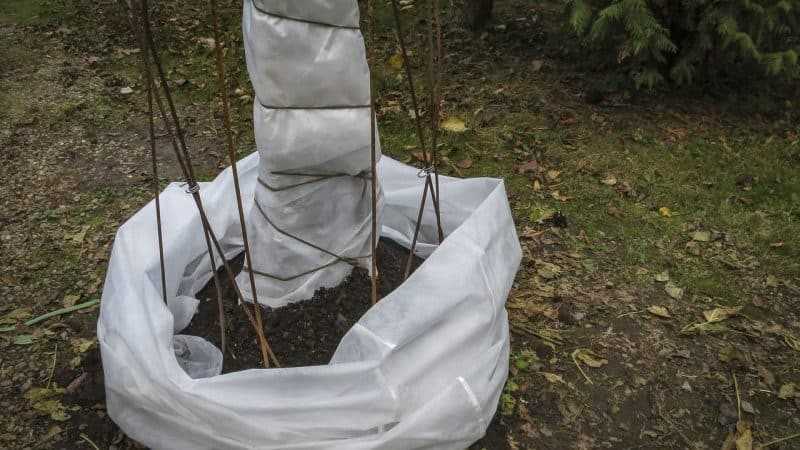
Зимовка инжира в холодном климате — это важный вопрос для тех, кто выращивает эту экзотическую культуру на нашей территории. Инжир, благодаря своей неприхотливости, может успешно адаптироваться к низким температурам и без дополнительных укрытий. Однако, в некоторых случаях, такие меры всё-таки могут потребоваться.
Нужно ли укрывать инжир в холодном климате?
Ответ на этот вопрос зависит от многих факторов. Во-первых, это зависит от региона, в котором вы выращиваете инжир. Во многих районах России, например, средние зимние температуры могут опускаться до -15 градусов и ниже. В таких условиях инжир может замерзнуть, если не принять никаких мер для его защиты.
Обязательно ли укрывать инжир в холодном климате?
Если вы выращиваете инжир в таких регионах, где зимы холодные и долгие, то укрытие может быть обязательным. Это необходимо для предотвращения замерзания корневой системы, стволов и побегов растения. Подходящим вариантом для укрытия инжира может быть использование специальных материалов, таких как агроволокно или пленка.
Зимовка инжира в холодном климате
Зимовка инжира в холодном климате может представлять собой процесс укрытия растения на зиму. Это может быть необходимо в случаях, когда средние температуры опускаются ниже -10 градусов и растение не имеет возможности самостоятельно пережить такие холода. Важно учитывать, что укрытие не должно быть слишком плотным, чтобы растение могло получать необходимое количество света и воздуха. Также рекомендуется укрыть именно корневую зону и нижнюю часть ствола, где находятся основные сосуды.
Как переживает зиму инжир
Инжир — это растение, которое происходит из теплых тропических зон, поэтому в холодном климате зимовка для него обязательно. В нашем климате, где зимы достаточно холодные, инжир не может выжить без дополнительной защиты.
Нужно укрывать инжир перед наступлением холодного периода, чтобы он не замерз и не погиб. Укрытие можно осуществить с помощью специальных материалов, таких как спанбонд или агроволокно. Эти материалы обеспечивают защиту от мороза и помогают сохранить тепло вокруг растения.
Важно помнить, что укрывать инжир нужно не только сверху, но и снизу. Для этого можно использовать слой мульчи, который поможет сохранить тепло и защитить корни от замораживания.
В зимовке инжира также важно создать хорошую вентиляцию, чтобы растение не задохнулось под укрытием. Для этого можно оставить небольшой зазор или открыть укрывающий материал на некоторое время в солнечные дни.
Способы защиты от холода
В холодном климате, зимовка инжира является неотъемлемой частью процесса сохранения растения. Однако вопрос, нужно ли укрывать инжир, остается открытым. В нашем климате, где зимы бывают суровыми, укрытие растения от холода обязательно.
Существуют различные способы защиты инжира от холода. Один из самых эффективных – это использование специальных укрывных материалов, таких как агроволокно или спанбонд. Они обладают хорошей теплоизоляцией и защищают растение от морозов и ветра.
Кроме того, можно создать вокруг инжира временную конструкцию из деревянных или металлических рам, на которую натягивается укрывной материал. Это дополнительно защищает растение и помогает сохранить тепло.
Для более надежной защиты можно использовать несколько слоев укрывного материала, оставляя воздушный зазор между ними. Это поможет сохранить тепло и предотвратить замерзание растения.
Также обратите внимание на окружающую почву. Важно укрыть не только ствол и ветви, но и корневую систему инжира. Для этого можно использовать слой мульчи или сухих листьев, который поможет сохранить тепло и защитить корни от замерзания.
В целом, защита инжира от холода в холодном климате – это важная процедура, которая поможет сохранить растение и обеспечить его здоровый рост в следующем сезоне.
Укрывание инжира на зиму
Инжир – это растение, которое произрастает в теплом климате, однако в нашем холодном климате зимовка инжира может быть проблематичной. Вопрос о необходимости укрывания инжира на зиму остается открытым.
Не все сорта инжира одинаково устойчивы к холоду, поэтому перед тем как решить, нужно ли укрывать ваш инжир на зиму, важно узнать, какой именно сорт вы выращиваете.
Если сорт инжира не предназначен для нашего климата и не устойчив к низким температурам, то укрывание становится обязательным. Таким образом, вы сможете защитить растение от холода и предотвратить его замерзание.
Укрывание инжира на зиму может производиться различными способами. Одним из самых распространенных способов является использование специальных укрытий, таких как агроволокно или спанбонд. Они позволяют создать дополнительный слой защиты от холода.
Также можно использовать другие материалы, например, солому или сухие листья, чтобы укрыть основу растения и предотвратить промерзание корней.
Не забывайте, что важно правильно подготовить инжир к зиме. Укрывание должно проводиться после окончания осеннего полива и опадения листвы, а также после обрезки растения для удаления лишних побегов и формирования кроны.
Необходимость укрывания
В холодном климате, таком как наш, инжир нужно укрывать, чтобы защитить его от неблагоприятных погодных условий. Хотя инжир достаточно устойчив к низким температурам, но в нашем климате зимние холода могут быть слишком сильными, что может негативно сказаться на растении.
Укрывание инжира в холодном климате обязательно, особенно если растение еще молодое или только что посажено. В таких случаях инжир более уязвим и требует дополнительной защиты. Оптимальным временем для укрывания является конец осени, когда наступают первые заморозки.
Укрывание инжира можно осуществить различными способами. Наиболее простым и доступным способом является использование агроволокна или специальных укрытий из нетканого материала. Эти материалы обеспечивают хорошую защиту от холода, ветра и мороза.
Важно помнить, что при укрывании инжира необходимо обеспечить доступ воздуха к растению, чтобы избежать загнивания. Для этого можно оставить некоторые отверстия или провести проветривание периодически.
Таким образом, в нашем холодном климате укрывание инжира обязательно, особенно для молодых и только посаженных растений. Это поможет защитить растение от негативного воздействия холода и увеличит шансы его выживания.
Материалы для укрывания
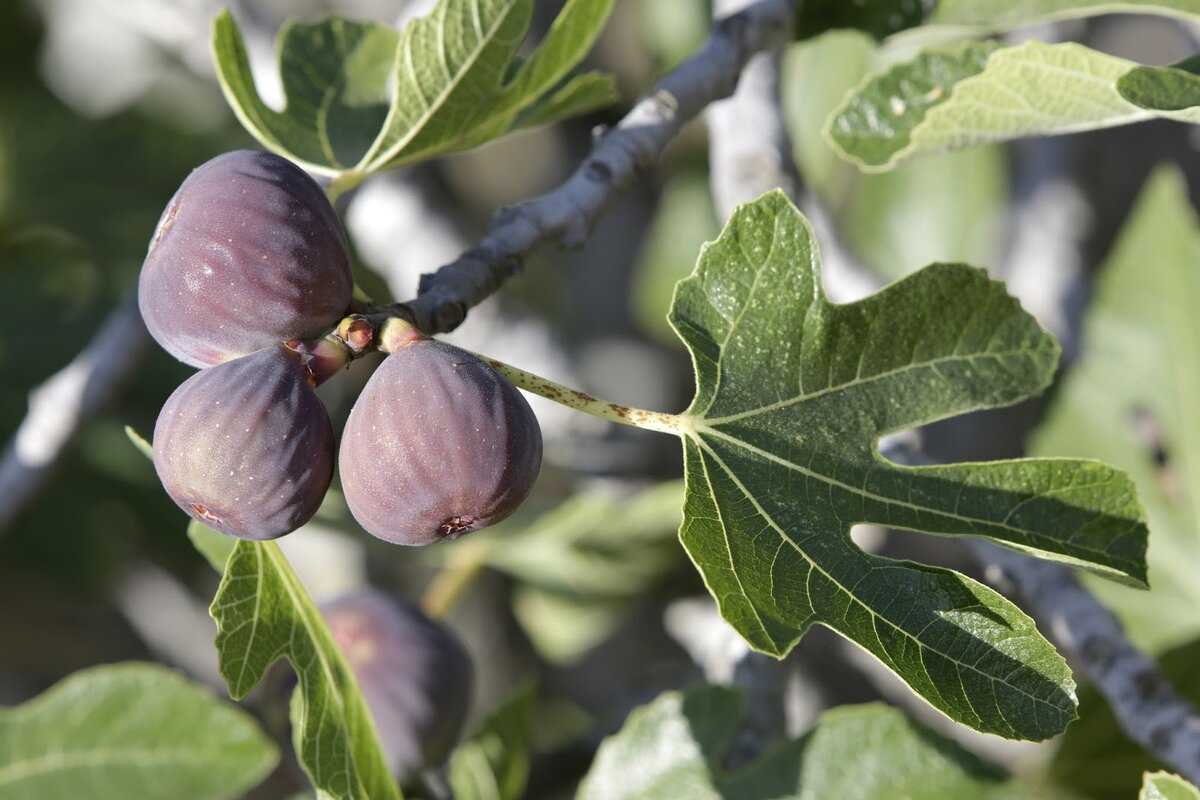
В холодном климате зимовка инжира в нашем регионе обязательно требует укрывания. Для этой цели необходимо использовать специальные материалы, которые защитят растение от низких температур и морозов.
1. Теплоизоляционные материалы

Для укрывания инжира в холодном климате подходят различные теплоизоляционные материалы. Одним из самых популярных является спанбонд — прочная и легкая негорючая ткань, которая хорошо пропускает воздух и сохраняет тепло. Также можно использовать специальную пленку или агроволокно, которые также обеспечивают надежную защиту от холода.
2. Укрывной материал
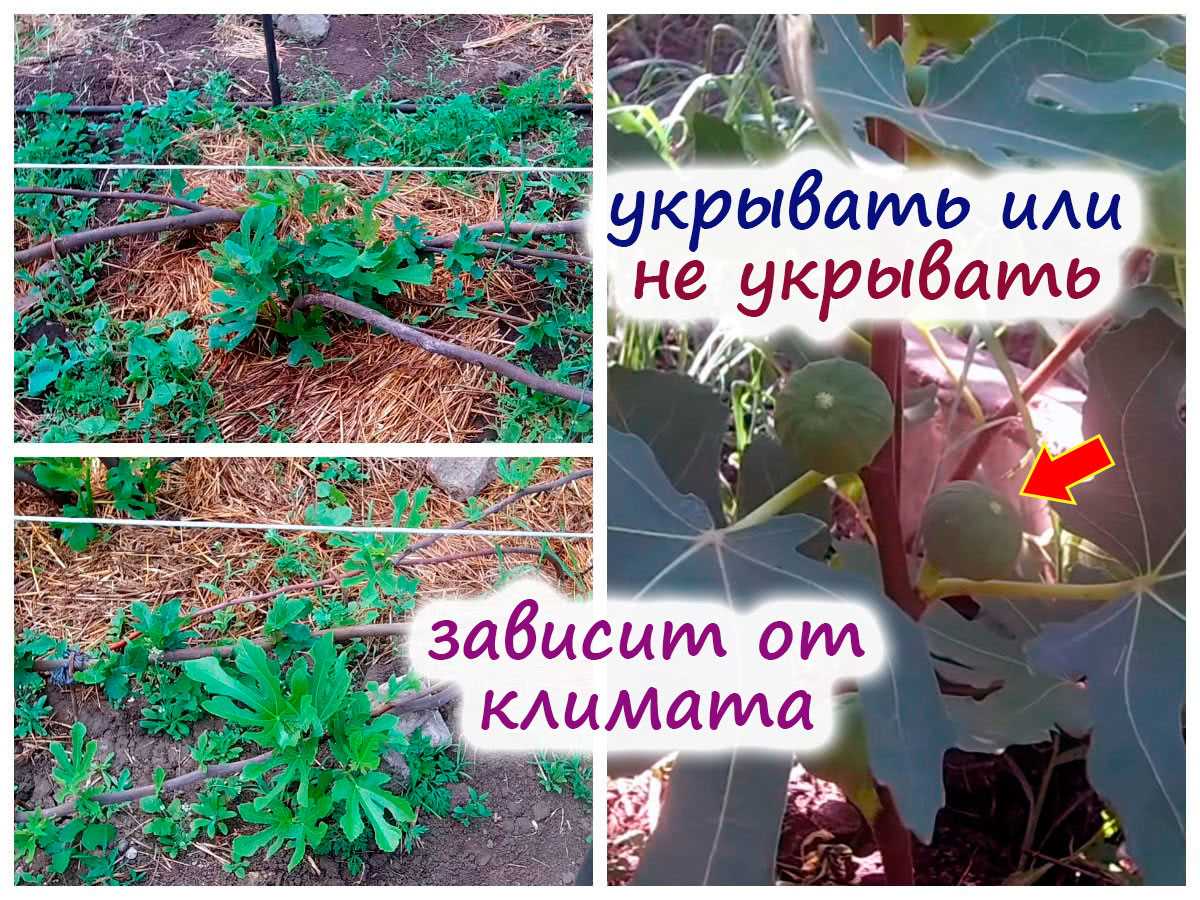
Так стоп!!! Вы всё ещё не подписаны на наши каналы в Телеграмм и Дзен? Посмотрите: ТГ - (@historyfantasydetectivechat) и Дзен (https://dzen.ru/myshortsstorys)
Для укрывания инжира в холодном климате можно использовать простой полиэтиленовый пакет или специальный укрывной материал из нетканого полотна. Главное требование к укрывному материалу — он должен пропускать свет и воздух, чтобы растение не задыхалось и могло продолжать развиваться и расти даже в зимний период.
3. Каркас для укрывания
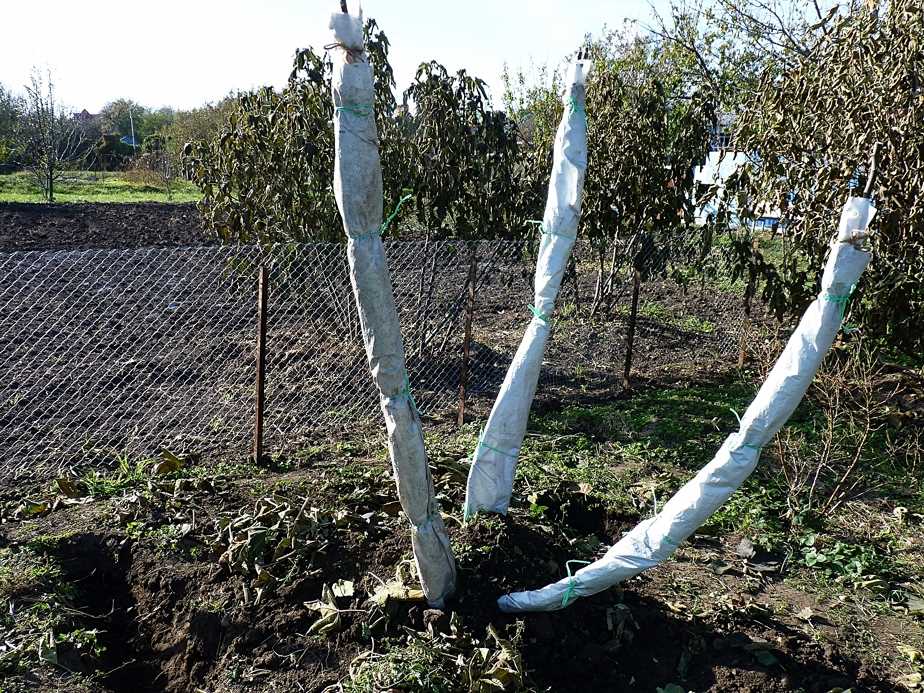
Если планируется укрывать инжир на протяжении всей зимы, то рекомендуется создать каркас из деревянных или металлических прутьев, на который будет укрываться растение. Каркас должен быть достаточно прочным и устойчивым к ветрам и снегопадам. К нему можно прикрепить укрывной материал, обеспечивая надежную защиту инжира от холода.
Когда укрывать инжир
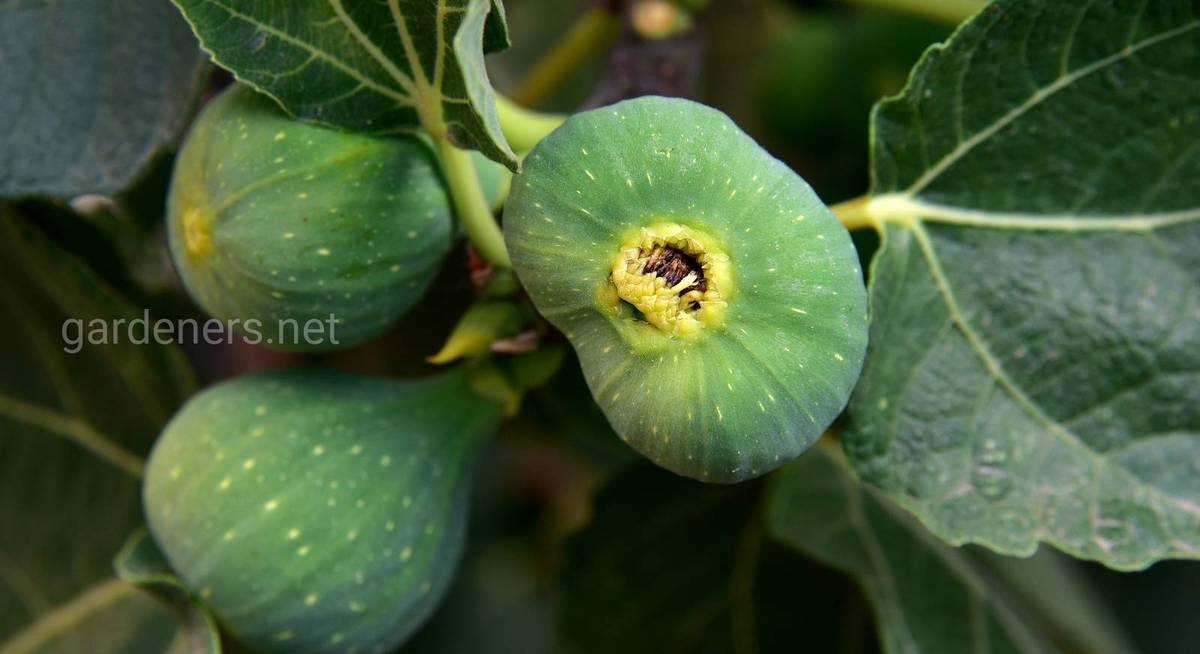
Зимовка инжира в холодном климате — вопрос, который беспокоит многих садоводов. Нужно ли укрывать инжир нашем холодном климате? Ответ зависит от многих факторов.
Обязательно укрывать инжир, если климат в вашем регионе слишком холодный. Инжир является теплолюбивым растением и не выдерживает низких температур.
Определите, насколько холодно бывает в вашем регионе зимой. Если температура регулярно опускается ниже -10°C, то необходимо укрывать инжир.
Укрывайте инжир в конце осени, перед наступлением холодов. Используйте специальные материалы, такие как агроволокно или сухие листья, чтобы создать дополнительный слой защиты для растения.
Важно помнить, что инжир нуждается в хорошей дренажной системе, чтобы избежать замерзания корней. Посадите инжир на холмик или в горшок с хорошей дренажной смесью.
Следите за погодными условиями во время зимовки инжира. Если внезапно наступят очень холодные дни, оберните растение дополнительной изоляцией, чтобы предотвратить замерзание.
Не забывайте снимать укрытие весной, когда минимальная температура повышается и растение начинает активно расти.
Правильный способ укрывания

В нашем холодном климате зимовка инжира обязательна, чтобы защитить растение от низких температур и морозов. Но нужно ли укрывать инжир и как это делать правильно?
Очень важно правильно подготовить инжир к зиме и обеспечить ему достаточную защиту от холода. Первым шагом необходимо укрепить корневую систему растения, засыпав ее слоем мульчи из сухих листьев или соломы. Это поможет сохранить тепло и предотвратить переохлаждение корней.
Далее следует укрывание самой кроны инжира. Лучше всего использовать агроволокно или специальный укрывной материал, который обеспечит растению достаточное количество света и воздуха. При укрывании следует обязательно оставить достаточное пространство для вентиляции, чтобы избежать появления грибковых заболеваний.
Также стоит упомянуть о том, что нужно соблюдать определенные условия для успешной зимовки инжира. Рекомендуется укрывать растение только после наступления устойчивых отрицательных температур, чтобы не вызвать преждевременное замерзание и отмирание побегов.
Опасность преждевременного укрытия
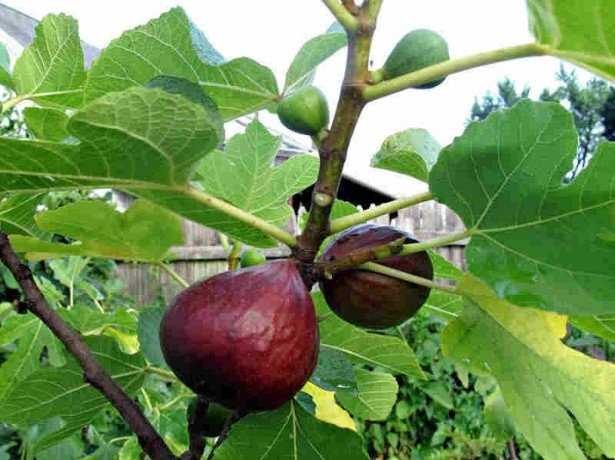
В холодном климате у нас, зимовка инжира может стать сложной задачей. Вопрос о том, нужно ли укрывать инжир в нашем климате, часто вызывает споры среди садоводов. Некоторые считают, что необходимо укрыть растение для защиты от низких температур и морозов, в то время как другие полагают, что инжир способен выжить и без укрытия.
Преждевременное укрытие инжира может иметь негативные последствия. Во-первых, растение может перегреться под укрытием, особенно если воздух вокруг него не достаточно холодный. Это может привести к выведению цветов и плодов, которые затем будут подвержены заморозкам.
Во-вторых, укрытие инжира может создать благоприятные условия для развития болезней и вредителей. Влага, запертая под укрытием, может способствовать развитию грибковых инфекций, а тесное прилегание материала к веткам может способствовать насекомым, таким как паутинный клещ и муха-плодовница.
Поэтому, прежде чем укрывать инжир, необходимо хорошо изучить особенности климата и учитывать сезонные колебания температур. В некоторых случаях, когда зимы не слишком суровые, инжир может обходиться без укрытия и успешно перезимовать на открытом воздухе. Но в более холодных регионах укрытие может быть необходимо для сохранения растения в живых.
Уход за укрытым инжиром
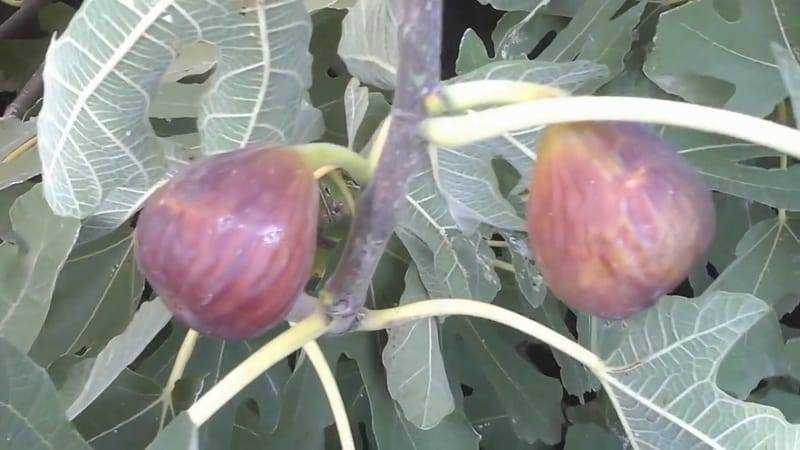
Посадка и укрытие инжира в холодном климате – важный этап в его выращивании. В нашем климате, где зимы бывают холодными, нужно обязательно укрывать инжир, чтобы защитить его от низких температур.
Укрытие инжира происходит в конце осени, перед началом заморозков. Для этого можно использовать различные материалы, такие как агроволокно, солома или специальные укрывные материалы. Важно обеспечить надежное покрытие, чтобы защитить растение от морозов и сильных ветров.
Помимо укрытия, инжир требует и других мер ухода в осенний период. Необходимо осуществлять полив, удобрение и подкормку растения. Также важно обрезать инжир перед укрытием, чтобы снизить его размер и обеспечить более плотное покрытие.
При уходе за укрытым инжиром необходимо следить за температурой и влажностью внутри укрытия. Регулярно проветривайте его, чтобы избежать появления гнили и плесени. Также следите за состоянием укрытия – если оно повреждено, необходимо его восстановить или заменить.
Раскрытие укрытия весной
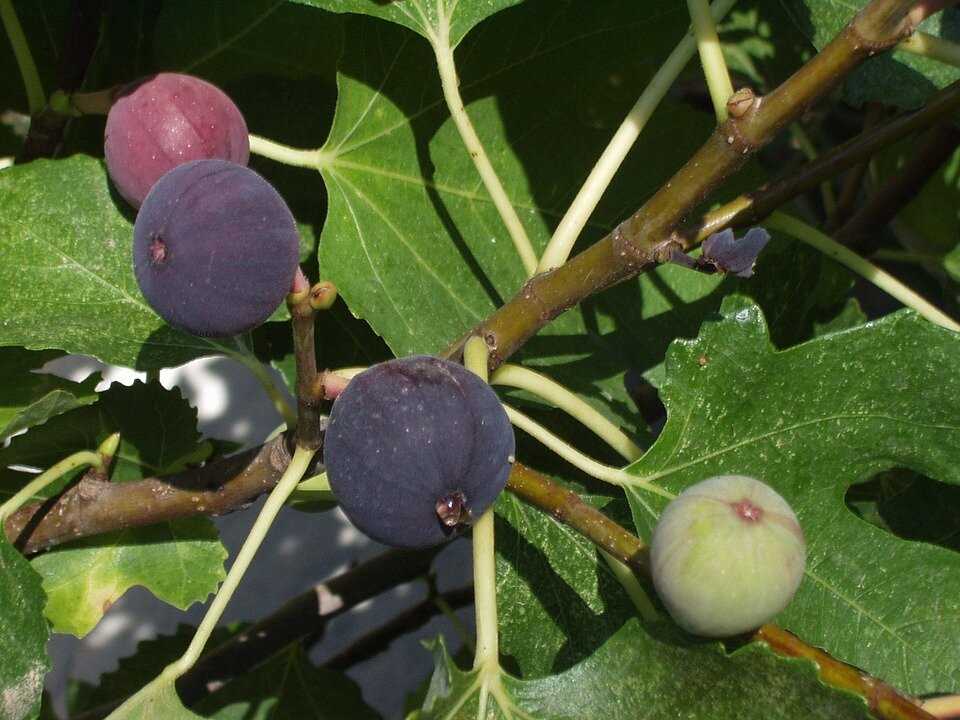
В нашем холодном климате зимовка инжира может быть обязательна, чтобы защитить его от низких температур и морозов. Однако, когда наступает весна, приходит время раскрыть укрытие и позволить растению свободно развиваться.
Первым шагом при раскрытии укрытия инжира весной является проверка погодных условий. Если ночные температуры не опускаются ниже нуля, можно начинать процесс раскрытия. Однако, следует быть предельно осторожным, так как растение все еще может оказаться уязвимым для заморозков.
Процесс раскрытия укрытия инжира следует проводить постепенно. Сначала можно слегка открыть укрытие на несколько часов в течение дня, чтобы растение привыкло к более высоким температурам и солнечному свету. Затем, по мере улучшения погоды, можно оставить укрытие открытым на всю ночь.
Важно помнить, что даже когда укрытие полностью раскрыто, инжир может быть уязвимым для перепадов температур. При возникновении заморозков или холодных ветров, следует временно закрыть укрытие, чтобы защитить растение.
Альтернативные способы защиты
В холодном климате зимовка инжира является необходимым условием его выживания. Однако, вопрос о том, нужно ли обязательно укрывать растение, остается открытым. Существуют альтернативные способы защиты, которые также могут помочь инжиру пережить зиму в холодном климате.
Укрепление корней и ствола
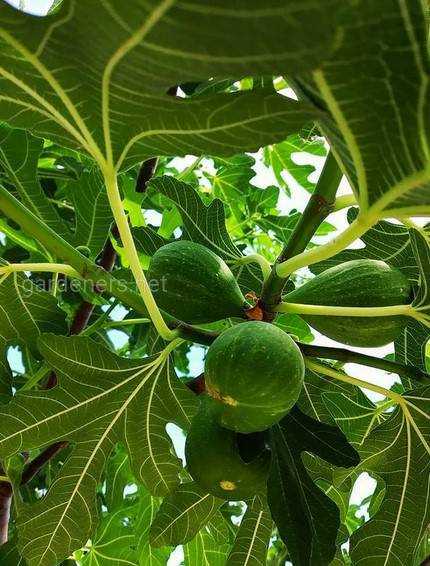
Для защиты от заморозков можно обратить внимание на укрепление корней и ствола растения. Для этого необходимо обеспечить хорошую дренажную систему, чтобы избежать залегания воды в корневой зоне. Также можно использовать специальные материалы, например, солому или сухие листья, для обертывания ствола и предотвращения замерзания.
Использование укрытий

Вместо полного укрывания растения, можно попробовать использовать укрытия, которые помогут удерживать тепло и защищать от холода. Например, можно поставить вокруг инжира специальные конструкции, такие как щиты или рамы, и покрыть их утеплителем или агроволокном. Это позволит создать микроклимат вокруг растения, благоприятный для его зимовки.
Подбор морозостойких сортов

Если вы живете в холодном климате и хотите выращивать инжир без особой заботы о его зимовке, можно выбрать морозостойкие сорта растения. Такие сорта обладают повышенной устойчивостью к холоду и не требуют обязательного укрывания. При выборе сорта обратите внимание на его зону холодостойкости, чтобы быть уверенным в его способности выжить в вашем климате.
Вопрос-ответ:
Какой минимальной температурой может выдержать инжир во время зимовки?
Инжир может выдерживать температуры до -10 градусов Цельсия без укрытия, но при более низких температурах рекомендуется его укрыть.
Как правильно укрыть инжир на зиму?
Для укрытия инжира на зиму можно использовать специальные укрытия из нетканого материала или просто накрыть его сухими листьями или соломой.
Можно ли оставить инжир на зиму без укрытия, если он высажен в горшке?
Если инжир высажен в горшке, то его легко можно перенести в помещение с низкой температурой, где он будет защищен от морозов. В этом случае укрытие не требуется.
Как определить, нужно ли укрывать инжир на зиму?
Если вы живете в районе с холодным климатом, где зимой температура часто опускается ниже -10 градусов Цельсия, то рекомендуется укрывать инжир на зиму. В противном случае, его можно оставить без укрытия.
Можно ли выращивать инжир без укрытия в центральной полосе России?
В центральной полосе России зимние температуры могут достигать -30 градусов Цельсия, поэтому рекомендуется укрывать инжир на зиму для его сохранения. Без укрытия выращивание инжира может быть проблематичным.

